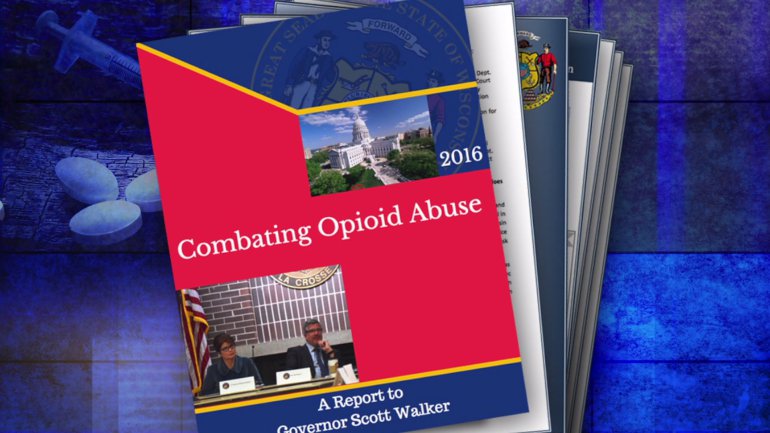Beginning Saturday, April 1, all practitioners who prescribe controlled substances will be required to use the Wisconsin enhanced Prescription Drug Monitoring Program (WI ePDMP). This latest requirement comes from 2015 Act 266, which is a piece of the Heroin, Opioid, Prevention and Education (HOPE) Agenda.
“This new requirement is imperative in ensuring that we continue to prevent opioid abuse,” said Governor Walker. “We have made great strides thus far, and the implementation of this legislation will continue to help us fight the misuse, abuse, and diversion of controlled prescription drugs.”
While some practitioners have voluntarily been using the system since its inception in 2013, law did not require them to do so.

